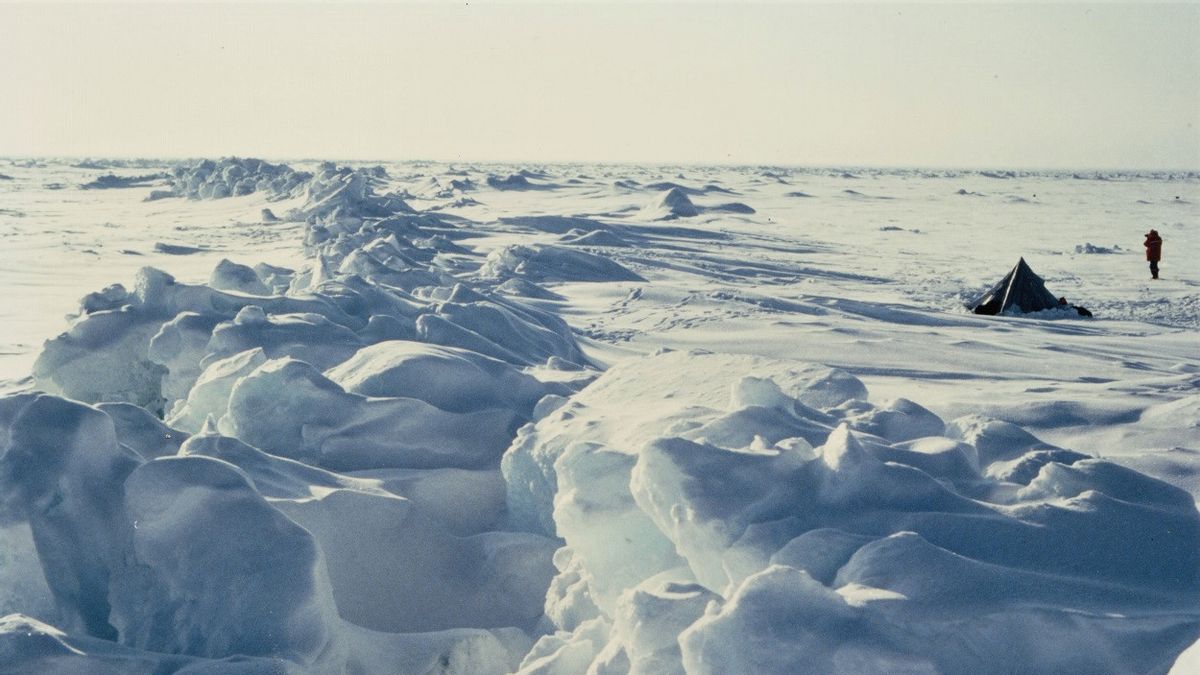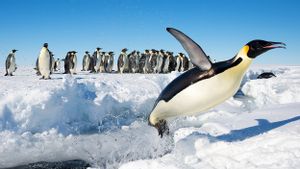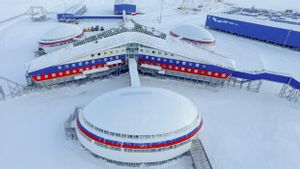JAKARTA - Is it possible for animals that have been frozen for 24.000 years in the Arctic to be brought back to life? If this question were put to a group of Russian researchers, then the answer would be, probably.
Cited from CNN, a group of Russian researchers was able to revive the microscopic animal Rotifera Bdelloid which had been frozen for 24.000 years in Arctic permafrost.
In geology, permafrost or perennial mother is a layer of ice with temperatures below no degrees Celsius for several years, which can be located in a variety of soil, sand, and rock.
Bdelloid rotifers usually live in watery environments and have an extraordinary ability to survive. Russian scientists found the creatures in the core of frozen soil extracted from Siberian permafrost using drilling.
"Our report is the hardest evidence to date that multicellular animals can survive for tens of thousands of years in cryptobiosis, a state of almost completely stalled metabolism", said Stas Malavin, a researcher at the Laboratory of Soil Cryology at Russia's Pushchino Scientific Center.
Previous research by another group has shown that rotifers can last up to 10 years when frozen. In a new study, Russian researchers used radiocarbon dating to determine which creature they found from permafrost was around 24.000 years old. The study was published in the journal 'Current Biology' on Monday 7 June.

This is not the first time ancient life has been resurrected from permanently frozen habitats.
Antarctic moss stalks were successfully regrown from a 1.000-year-old sample that had been covered in ice for about 400 years, and live campion flowers were regenerated from seed tissue, possibly deposited by Arctic squirrels, which had been preserved in 32.000-year-old permafrost. Simple worms, called nematodes, were brought back to life from ice sheets from two places in northeastern Siberia, in sediments that were more than 30.000 years old.
Long-dead but well-preserved mammals, including the extinct cave bear and mammoth, have also been excavated from the ice sheet, which is melting in some places as a result of the climate crisis.
Malavin said it was highly unlikely the larger life forms could survive being frozen this way.
"The result is that multicellular organisms can be frozen and stored like that for thousands of years and then come back to life, the dream of many fiction writers", Malavin said in the statement.
"Of course, the more complex the organism, the more difficult it is to preserve it frozen alive and, for mammals, currently impossible. However, moving from single-celled organisms to organisms with guts and brains, albeit microscopic, is a huge step forward".
Once the rotifers were thawed, the creatures were able to reproduce, the study said. These small invertebrates can also eat.
To understand how the creature survived suspended animation on frozen ground, researchers froze and thawed modern rotifers that live in permafrost areas. They discovered that the creatures could resist the formation of ice crystals as they slowly solidified.
SEE ALSO:
While not all rotifers survive the freezing process, research shows the creatures possess several mechanisms that can protect their cells and organs from harm at very low temperatures.
The English, Chinese, Japanese, Arabic, and French versions are automatically generated by the AI. So there may still be inaccuracies in translating, please always see Indonesian as our main language. (system supported by DigitalSiber.id)


















